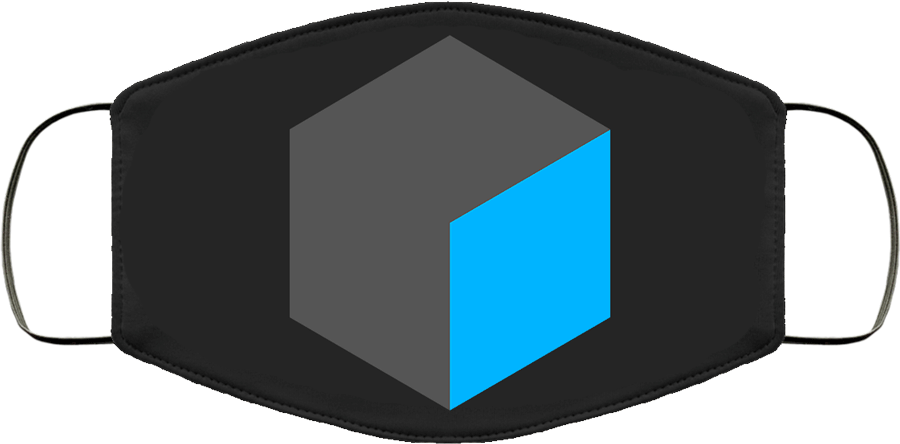Class hours: 9:40 – 2:05
Mr. Bohmann
wbohmann@ewsd.org
Today’s Notes
- Today is an EHS A Day
- Visitors coming this week – keep desks clean, no foods, drinks, trash…
- Remember, early lunch on Thursday and Friday
- Fern, Meeting with Ms. Quinn @9:45am Wednesday. Go straight there.
9:40 Attendance
9:45 The Power of Animation
The Fantastic Flying Books for Mr. Morris Lessmore
2012 Oscar Winning Animation
Animation is a powerful way to tell a story. Animation can stretch characters emotionally and physically in ways that real life cannot. Worlds are endless in their variety and composition and the limits of storytelling are only limited by our own creativity. Do you have a favorite animated story / short / movie?
Login to menti.com. use the code 8704 9182 if necessary.
10:05 Our New Unit – Animation
This quarter we are going to dive in to animation. This is such a big field and jobs can become highly specialized. Just take a look at the Bureau of Labor Statistics.
Here are some areas we’ll tackle to further your learning in the field:
- Animation History & Principles
- Careers in Animation
- Industry Terminology
- Pre Production
- Storyboarding
- Character Design and Development
- Asset Design
- Environmental Design
- Prototyping and Visual Design Principles
- Deadlines and production management
- Production
- 2D & 3D animation
- Modeling techniques (modeling, sculpting, drawing)
- Textures
- Lighting
- Cinematography in animation
- Sound editing
- Rigging and armatures
- Rendering
- Post Production
- Output / Rendering
- Compositing
- Distribution
- Publishing
Careers in the Animation Field – so many!
There are a lot of careers in the field of Animation. Here’s a list of some.
More artistic jobs:
Concept artist
Storyboard artist
Pre-visualization (previz) artist
Modeling artist
Texturing artist
Character animator
Creature animator
Technical animator
Matte painting artist
Lighting artist (sometimes seen as more technical)
Rotoscope artist
More technical jobs:
Rigging Technical Director (TD)Fx TD
Shading TD
Pipeline TD
Compositor
Colorist
Crowd TD
Cloth TD
Layout TD
Rendering TD
Scanning TD
Systems Administrator
Head of Tools (R & D)
Supervisor Jobs:
Director
Assistant Director
Producer
Production Designer
Animation Director
Visual Effects Supervisor
CG Supervisor
Director of Photography
Editor
Investigate one Artistic Job and one Technical Job (TD stands for technical director).
Animation Career Review, Glassdoor, Indeed, Bureau of Labor Statistics
10:35 Mask Break

10:45 English with Ms. Yopp

11:35 Basics of Animation
Emile Reynaud, the first animator (French) created a projector for moving images. The year is roughly 1889, about ten years after the invention of electricity and electric light.
Animation or the illusion of movement is a creative form that goes back nearly 150 years.
Early animation devices were more optical illusions than anything else. Interesting names like zoetrope, fantascope and thaumatrope to name a few. Most of the devices worked by moving an image around in a circle at moderate speeds with light.
Vocabulary:
Persistence of Vision – or the way our eyes and brains process images is an important part of animation and in filmmaking. Each image we see stays reflected on the retina of our eyes for a microsecond after the image disappears. Our brains are very good at filling in the gaps or the “in-betweens”.
The eye stops perceiving movement of frames at about 12 frames per second.
There are a lot of animation devices we can make ourselves with some simple supplies. Before the computer, animators used all kinds of techniques to create the illusion of movement.
A Thaumatrope is an easy illusion of movement device that we can make to illustrate the persistence of vision.

Analog:
Building one is really easy in analog form. First think of an idea. Then…
Paper, Scissors, straw, tape
Digital:
Building a digital thaumatrope is easy too. Some key vocabulary and concepts:
- interpolation
- keyframing
- texture painting
When we are done, we’ll play with our Thaumatropes. Now you are early animators!
12:15 Lunch

12:45 Focus on Literacy

1:10 Mask Break

1:20 Production Time & Guided Support
Two Point Perspective – I really like these videos for Circle Line Art School. This is one of many 2 point perspective videos. This one is more basic but builds in complexity.
Two Point Perspective includes two vanishing point lines and is another linear drawing technique to create depth and scale. Another useful tool to help with 3D prototype illustrations.
Just as we did yesterday, view the tutorial. Feel free to riff or play it straight and do the same as the tutorial.
Name your drawing and post on top of your illustration from yesterday. We’ll take a look as part of today’s dailies.